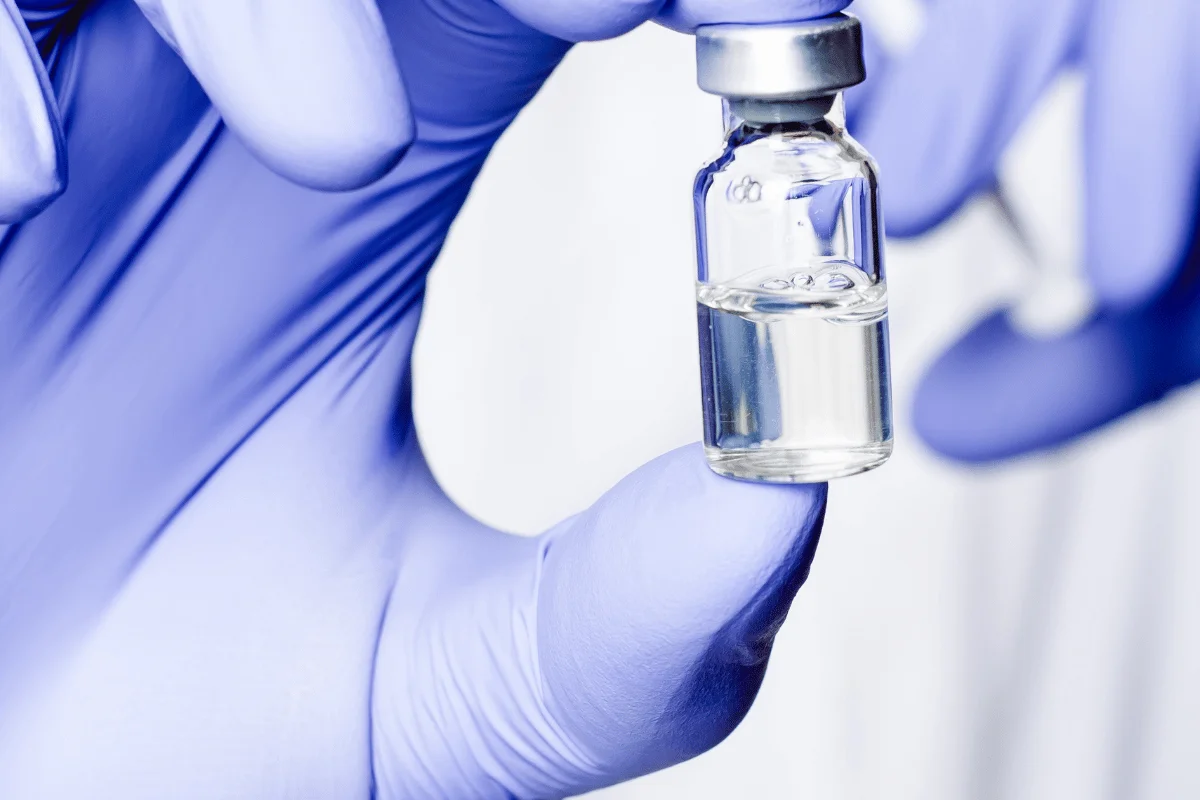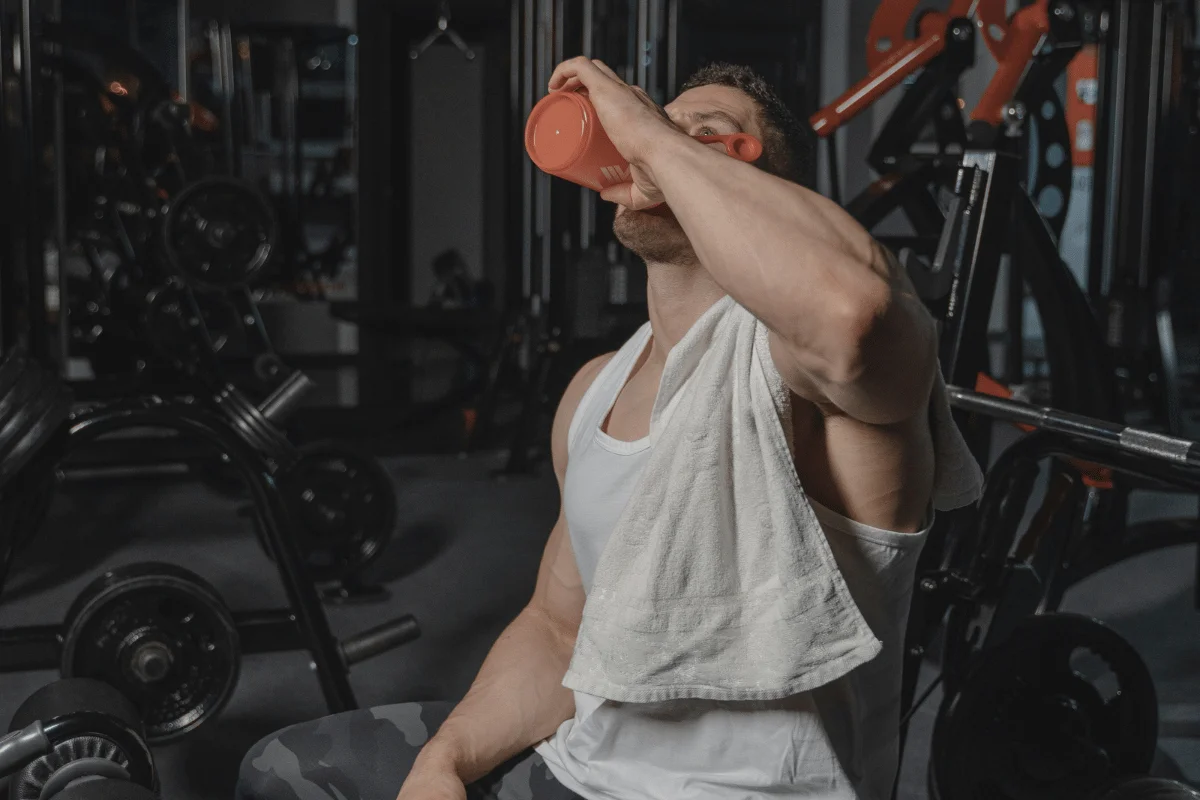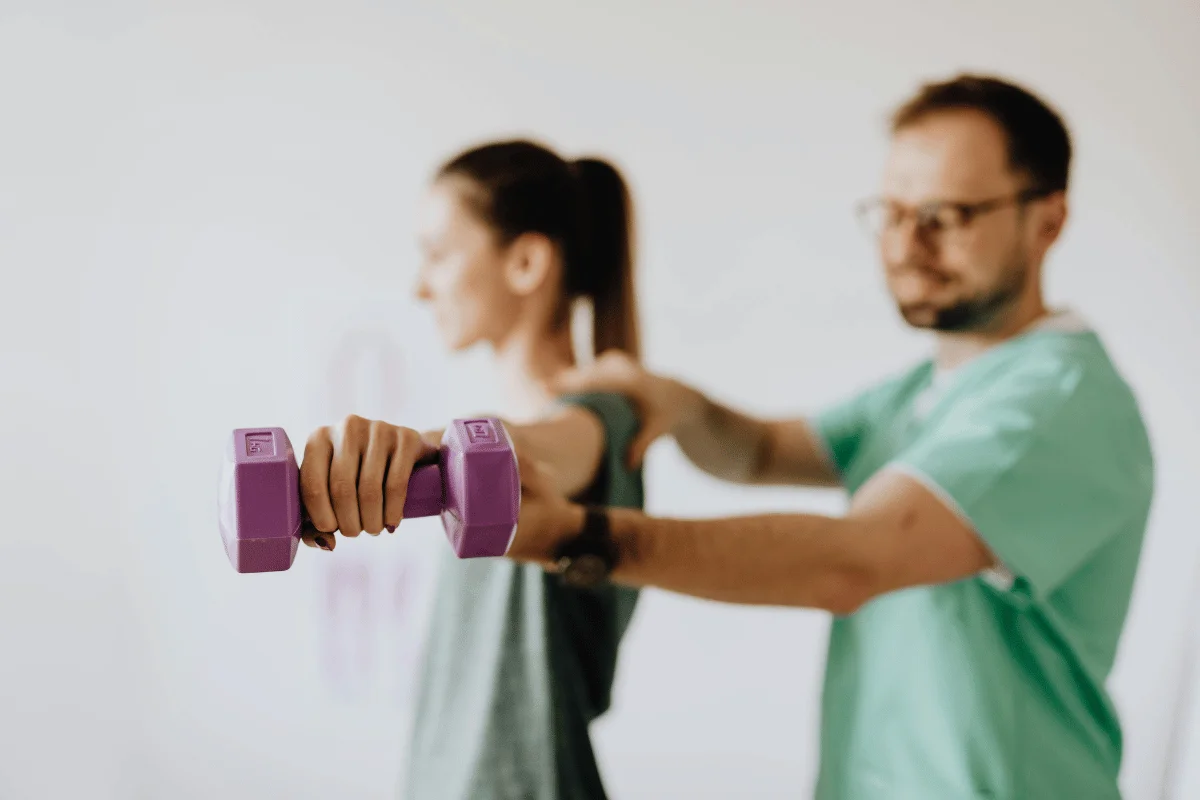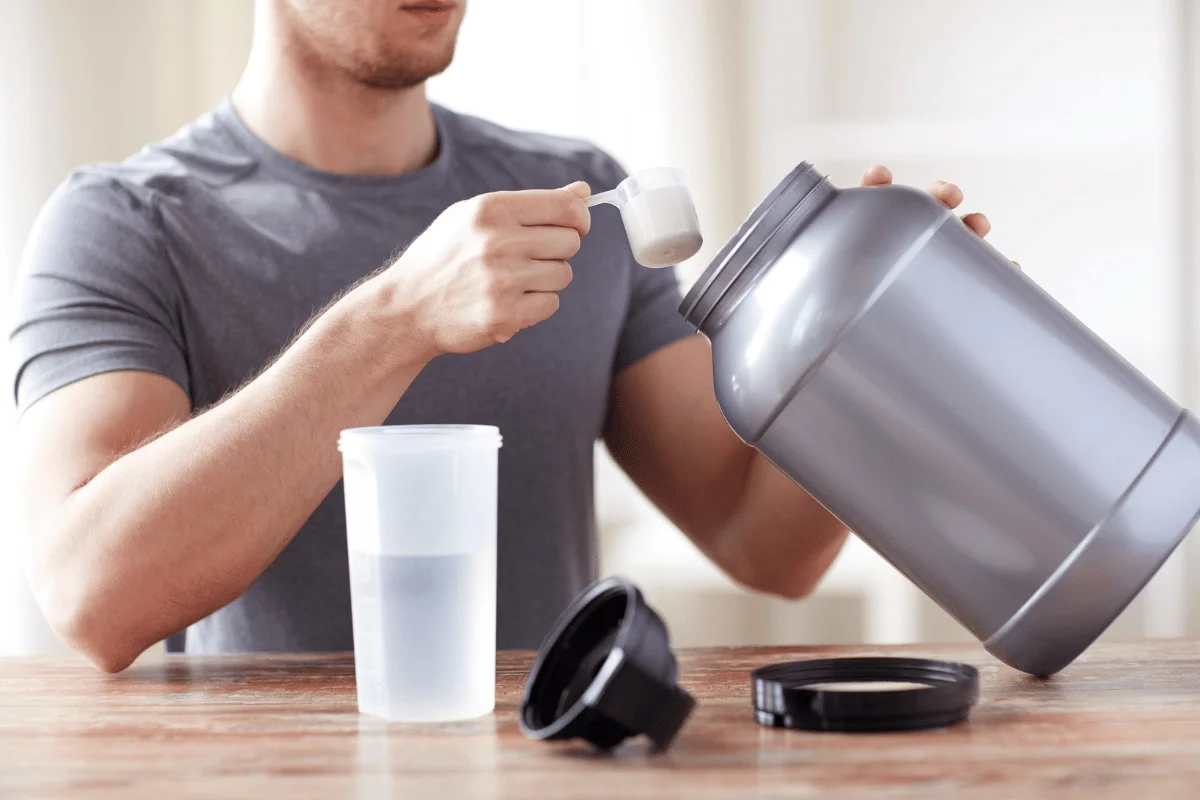[Disclaimer: The information provided in this article is for research and educational purposes only. Peptides should be reconstituted in a clean, hygienic environment. Consult a healthcare expert before using any peptide for therapeutic purposes.]
With multiple health benefits and amazing results, peptides are quickly becoming a favorite among the biohacking community.
Are you stepping into the peptide world but clueless about the process of peptide reconstitution? Seek no further!
In this step-by-step guide, you will explore how to reconstitute a peptide, how much bacteriostatic water to add, tips for safe and accurate reconstitution, and storage recommendations. Also, you will get the answers to your common questions.
Why Reconstituting Peptides is Necessary
Reconstituting peptides is the process of rehydrating or mixing the freeze-dried (aka lyophilized or raw) peptide in solvent for therapeutic use. Peptide reconstitution is necessary as peptides cannot express their biological activity in a solid (or powdered) state.
When peptides are manufactured, they are initially in liquid form. However, this state is unstable and susceptible to degradation.
According to research, compounds (like peptides) are freeze-dried into solid form to increase their shelf life. It suggests that lyophilization preserves the effectiveness and integrity of peptides. However, they must be mixed in solvent (aka reconstituted) to turn them back into usable form.
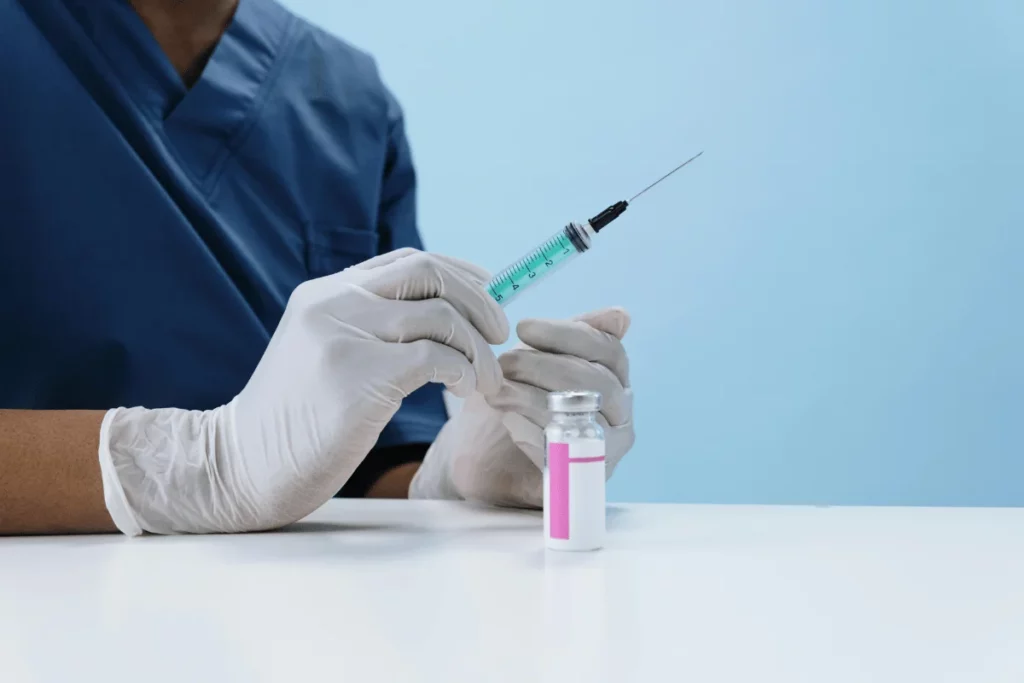
Materials Needed for Reconstituting Peptides
Make sure to have all the materials for safe and accurate peptide reconstitution, such as:
- Lyophilized (freeze-dried) peptide in glass vials
- Bacteriostatic water (BAC water) or sterile water
- Insulin syringes
- Alcohol swabs
A peptide reconstitution kit will have all three supplies – bacteriostatic water, insulin syringes, and alcohol swabs.
Bacteriostatic Water vs. Sterile Water
Lyophilized peptides need to be reconstituted with bacteriostatic or sterile water before use. Now the question is, which is a better option to reconstitute peptides?
Let’s take a look:
Bacteriostatic water is the best solvent for most peptides. However, sterile water could be a good substitute if your body is allergic to bacteriostatic water.
How Much BAC Water to Use to Reconstitute Peptides?
It is crucial to use the right amount of BAC water for accurate concentration and dosing.
Here’s the formula to calculate concentration:
Concentration (mg/mL) = Peptide Mass (mg) / Added Water Volume (mL)
So, adding 2 mL of bacteriostatic water to the 5 mg peptide vial yields a concentration of 2.5 mg/mL.
Using too much bacteriostatic water will dilute the peptide concentration, and you’ll have to use multiple syringes to inject the required dose. Using too little water will keep the peptide solution concentrated.
Also, it would be hard to measure the dose, and you might face overdosing and injection site irritation.
Remember, the quantity of BAC water used for reconstitution does not change the peptide amount; it rather affects the concentration. For higher doses, you will have to use less water, whereas a smaller dose needs more water.
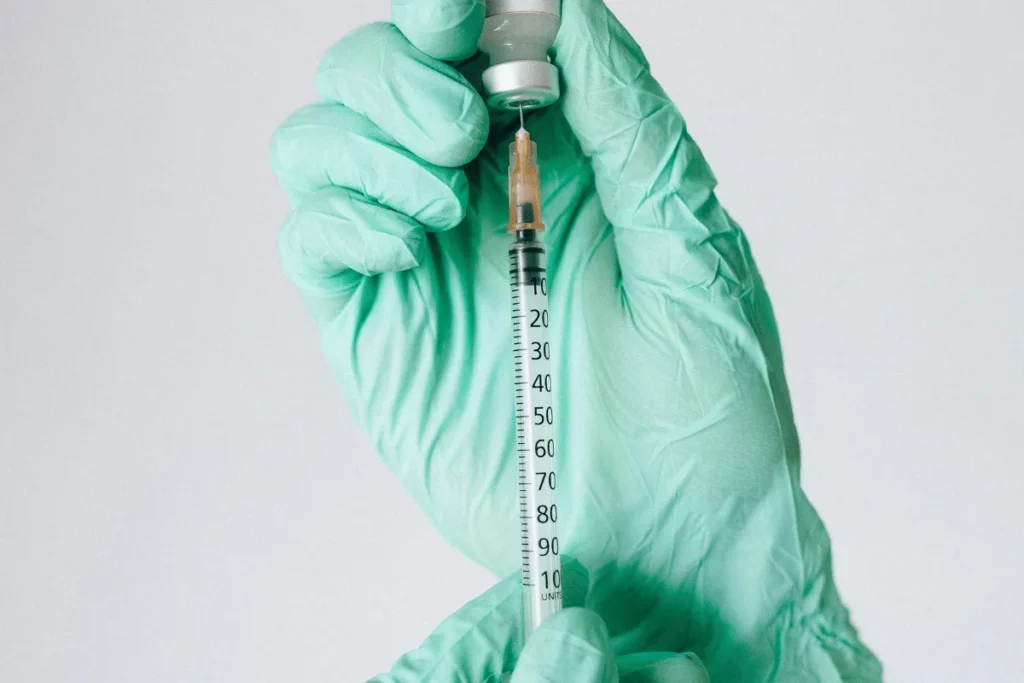
How to Reconstitute Peptides?
It is crucial to follow all the steps to ensure effective and contamination-free peptide reconstitution:
1. Bring to Room Temperature
Before reconstituting the peptide, bring solvent (like bacteriostatic water) and peptide powder from a cold environment (or refrigerator) to room temperature.
Mixing the cold materials could negatively affect the reconstitution process.
2. Sanitize the Supplies
First, wash your hands properly. Then, use alcohol swabs to wipe the vials containing solvent (bacteriostatic/sterile water) and powdered peptides.
Wait a few seconds for the alcohol to dry, making the supplies bacteria-free. Also, make sure to use sterile syringes to avoid contamination.
3. Choose Accurate Solvent
Most of the peptides can be easily dissolved in bacteriostatic or sterile water. However, some might need special consideration.
Acidic peptides are best dissolved in a basic solution, while alkaline peptides need an acidic medium to dissolve properly.
After dissolving in the relevant solutions, dilute the peptide in the bacteriostatic or sterile water.
4. Remove Caps
Remove the caps from both the vials of peptide and solvent. Tear off the metal or plastic seal and clean the rubber stoppers with an alcohol swab.
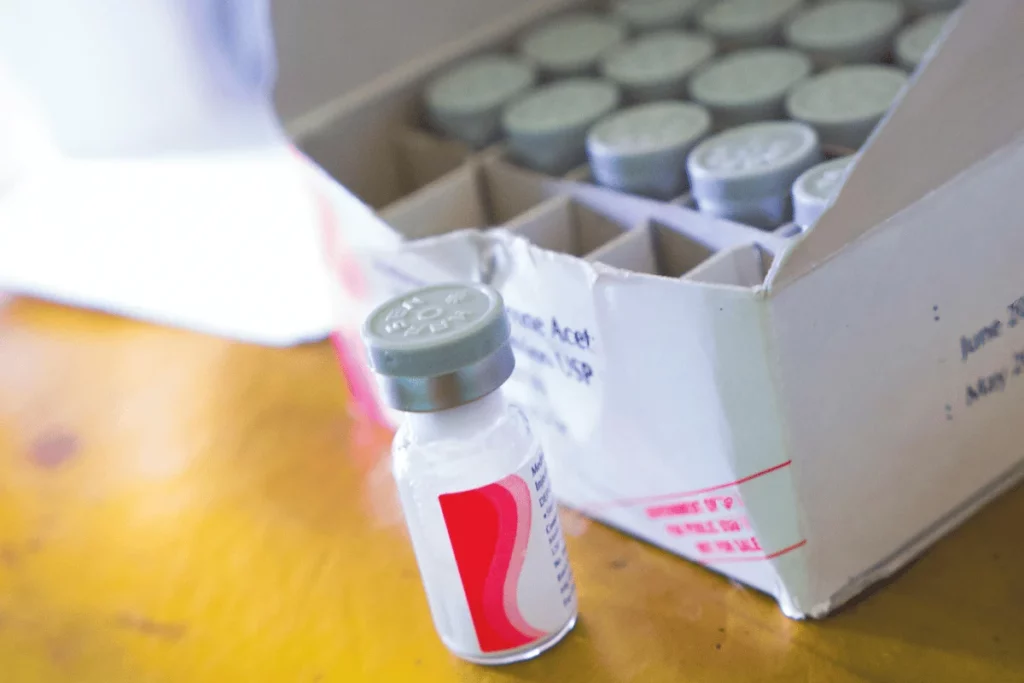
5. Draw Solvent in Syringe
Attach a needle to the sterile syringe (if it is not already attached) and pull in 2 mL of air. Also, avoid touching the needle throughout the process to prevent contamination chances.
Turn the bacteriostatic water vial upside down, insert the needle through the rubber stopper, and inject air to prevent negative pressure in the vial. Then, draw bacteriostatic water (usually 2 mL) into the syringe.
6. Inject Water in Peptide
Next, push the syringe plunger and inject the water, keeping the needle in the inner wall of the peptide vial rather than surging it right onto the powder. Recap the syringe and discard it carefully.
Key Note: It is crucial to slowly drip the water on the side of the peptide vial. Shooting the water vigorously onto the powder could result in frothing or clumping that may reduce the peptide’s effectiveness.
7. Mix Peptide and Water
Dissolve the peptide powder in the bacteriostatic water by gently rolling the vial between your hands to prevent bubbling. Avoid vigorous shaking or swirling, as it could degrade the peptide.
Also, let the vial rest for half an hour to help the peptide solution homogenize completely.
Note: After the peptide is dissolved, check the transparency of the peptide solution. If the solution contains any particles, filter the solution.
8. Use the Reconstituted Peptide
Once the reconstitution is complete, the peptide is ready to use. You may also keep the reconstituted (mixed) peptides in the refrigerator for an extended period to maintain their potency.
We suggest you keep the vial-containing peptide solution inside the original box to prevent it from breaking.
Tip: You may prefill the syringes and place them in a light-proof container in the refrigerator for future ease and to prevent any vial breaks.
Third-Party Tested, 99% Purity
Order lab-verified peptides from our top recommended vendor.
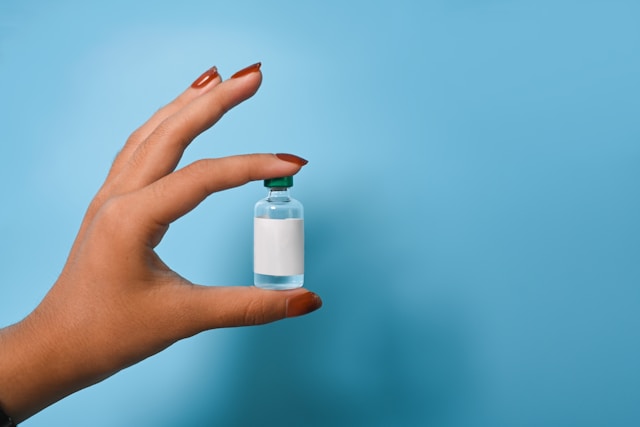
How to Use Peptide Reconstitution Calculator?
Peptide reconstitution calculators have eased the measurements. It is easier to quickly find the values for accurate dosage using calculators as compared to manual calculations.
Here’s how you can use them:
Step 1: Enter the Water and Peptide Amount
- Input the amount of reconstituted peptide in milligrams (mg).
- Enter the amount of BAC water you mixed in the peptide powder in milliliters (mL).
Step 2: Enter your Dose
- Enter the amount of the required dose in micrograms (mcg).
Step 3: Choose the Syringe Size
- Select the syringe size you’re using (for example, 1 mL, 0.5 mL, or 0.3 mL). Syringe size determines the amount of liquid you have to draw for dose preparation.
Step 4: View Your Injection Amount
- Click the “Calculate” button on the online calculator.
- The calculator will show the liquid amount you have to draw into the syringe (in mL or units) depending on the syringe size you have chosen and the dose you entered.
Let’s see the following example for a better understanding. If you have:
- Amount of Liquid: 10 mg
- BAC Water: 2 mL
- Required Dose: 250 mcg
- Size of Syringe: 1 mL
The calculator will reveal the dose of the reconstituted peptide to collect into the syringe for the 250-mcg dosage.
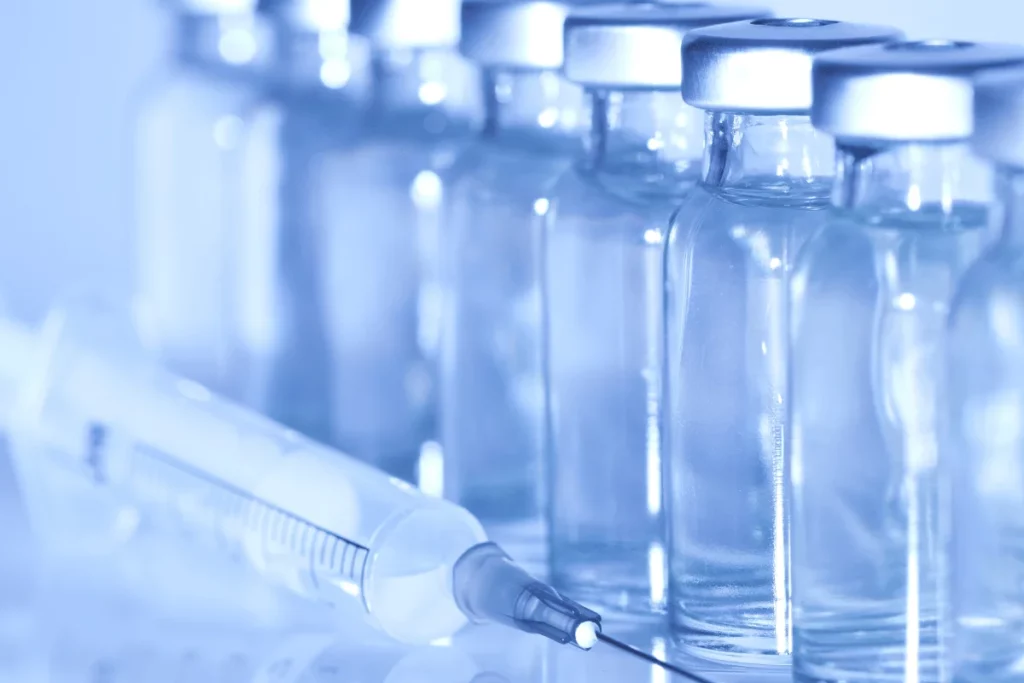
Tips for Successful Peptide Reconstitution
Follow the tips below to reconstitute peptides successfully:
- Check Expiry Date and Seal: Check the expiry date and see if the peptide is sealed. If the seal is broken, do not use it.
- Avoid Air Exposure: Opening a peptide vial exposes it to oxygen and increases the chances of certain amino acids oxidizing. Reduce the number of times you open the vial to retain its stability.
- Use Glass Syringes: Use glass syringes (instead of plastic ones) for injecting peptides. Glass syringes reduce the risk of peptide binding to the injection walls.
- Ensure a Sterile Environment: Reconstitute peptides on a clean surface and use sterile supplies. Keeping everything decontaminated preserves the peptide’s purity and effectiveness.
- Understand Special Requirements: Peptides with certain structures or modifications may need additional considerations during reconstitution. These peptides may require special solvents, ionic strengths, or pH levels for homogenized mixing and proper functioning.
Consult product datasheets or relevant literature for such cases and tailor the reconstitution process accordingly.
- Prevent Aggregation: Aggregation or clumping can occur due to inappropriate mixing, incompatible solvents, or higher peptide concentrations (which means lower solvent volume). Follow every step carefully and gently handle the vials to avoid clumping.
If aggregation persists in the solution, address the root cause. Change the solvent to adjust the pH or filter the solution to remove the suspended peptide particles.
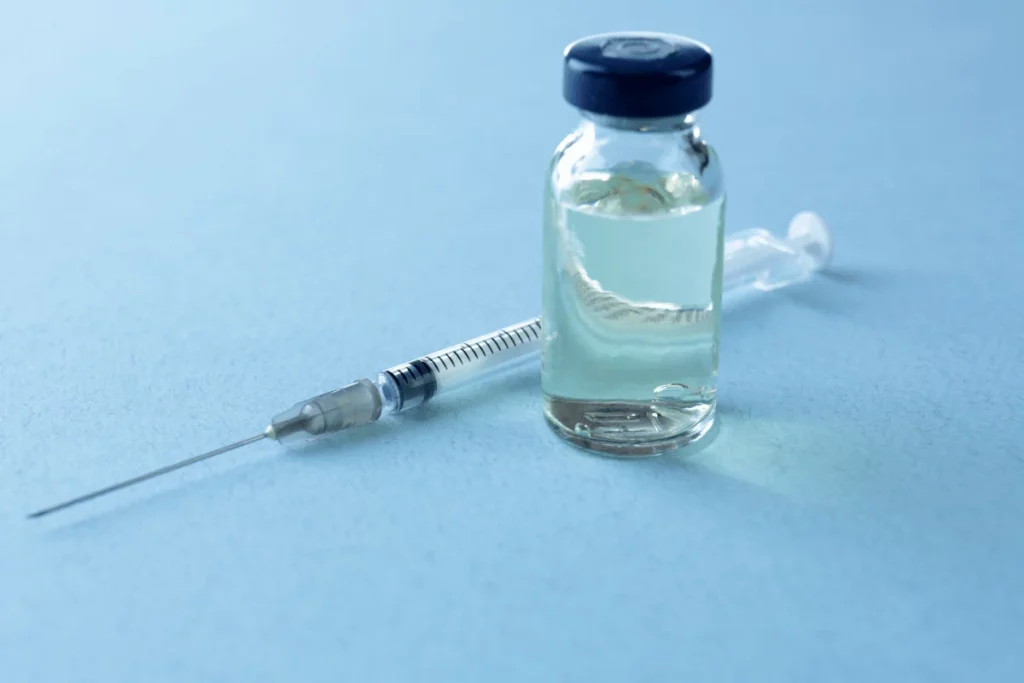
How to Store Peptides After Reconstitution?
Keep the following points in mind while storing the reconstituted peptides:
1. Aliquoting: Peptide degradation can happen due to exposure to light, heat, or improper pH, with or without visible signs. You may aliquot or divide the peptide solution into smaller portions in separate vials to minimize repeated exposure of the bulk solution to air and temperature fluctuations.
This way, you can avoid repeated freeze-thaw cycles and prevent peptide degradation.
2. Track Reconstitution Date and Conditions: If you notice severe discoloration or clumping, it could be a sign that the peptide is no longer usable. So be extra careful and keep a record of the storage condition and reconstitution date to keep track of the shelf life of peptides.
3. Refrigerate Reconstituted Peptides: According to the National Institute for Biological Standards and Control (NIBSC), reconstituted peptides retain their freshness and potency for several days to a few weeks if refrigerated at 2 – 8°C (35.6 – 46.4 F) and kept in a dark or light-resistant container. However, avoid freezing the reconstituted peptide.
Here’s a quick summary of how you can store peptides:
Note: Like all other peptide brands, Biolongevity Labs supplies top-quality and high-grade peptides in the form of freeze-dried powders. Freeze drying makes peptides 100% stable and immune to short-term temperature changes, especially during shipping for 3-4 months.
Factors Affecting Shelf Life of Peptides
Several factors affect the shelf life of the peptide, such as peptide nature, preservatives, and storage conditions:
- Peptide Stability: Some peptides have greater stability than others depending on their amino acid composition and sequence and any changes happening after their synthesis.
- Preservatives: Other peptides have higher stability when reconstituted in a buffer with preservatives like phenol red and sodium azide. These preservatives suppress bacterial growth to prolong the shelf life of peptides.
- Container Type: Sterile and airtight containers avoid contamination and enhance stability.
- Temperature and pH: Temperature and pH significantly impact the peptide stability. Make sure to maintain the pH in the recommended range for each peptide.
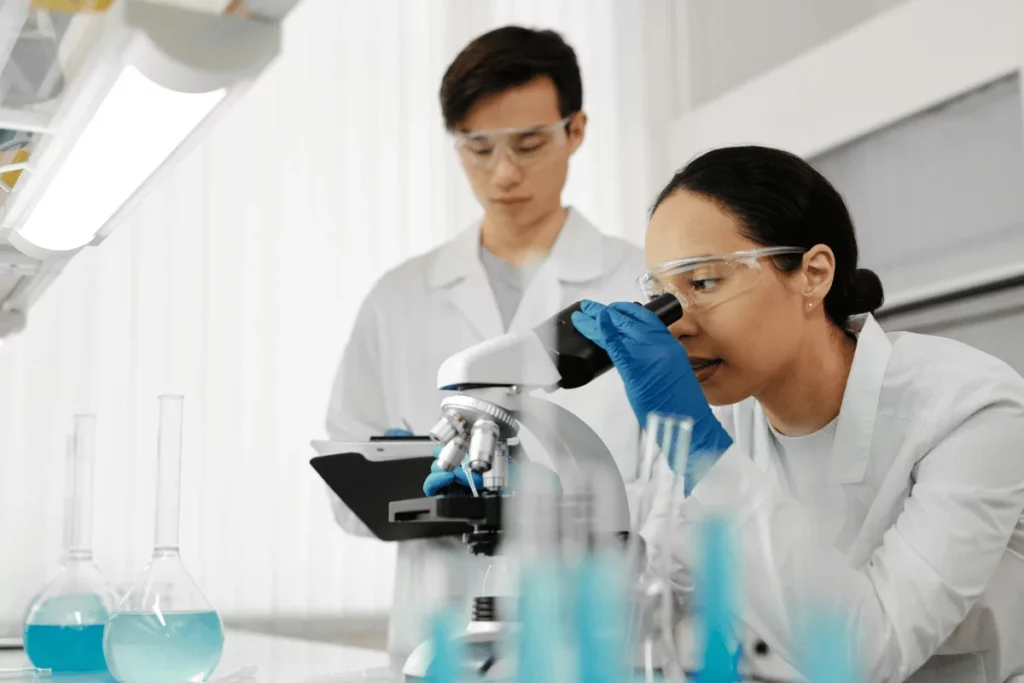
Frequently Asked Questions (FAQs)
Here are the answers to some more questions regarding peptide reconstitution:
How Long Do Reconstituted Peptides Last?
According to sources, refrigerating the reconstituted peptides at 2 – 8°C (35.6 – 46.4 F) keeps them stable for several days to a few weeks. Meanwhile, storing at freezing temperatures -20°C (68 F) to -80°C (176 F) can prolong their shelf life up to several months or even years.
Additionally, follow the manufacturer’s protocol, as they may have special instructions regarding storage and stability for peptides.
What Are the Symptoms of Peptide Contamination?
Peptide contamination could reduce its bioactivity or cause allergic and unwanted immune reactions, fever, headache, etc.
Therefore, you must source good-quality peptides and use sterile techniques during peptide reconstitution to prevent side effects of contaminated peptides.
Is It Safe to Reconstitute Peptides at Home?
The safety of the reconstitution process depends on the protocol rather than location.
So, it is safe to reconstitute peptides at home if you carefully follow each step, sanitize the equipment before use, accurately mix the solvent and peptide formulation, and implement the manufacturer’s instructions.
Conclusion
A precise reconstitution process is crucial to maintaining the effectiveness and integrity of the peptide. Follow all the guidelines to prevent peptide contamination, degradation, or clumping. Sterilize the supplies, mix the right amount of bacteriostatic water, and store the peptide in the recommended storage conditions.
Remember, peptides are delicate amino acid chains. Therefore, any mishandling, vigorous shaking, or contamination will render them ineffective.
So, stay well-informed to avoid mistakes and reconstitute like a pro!


